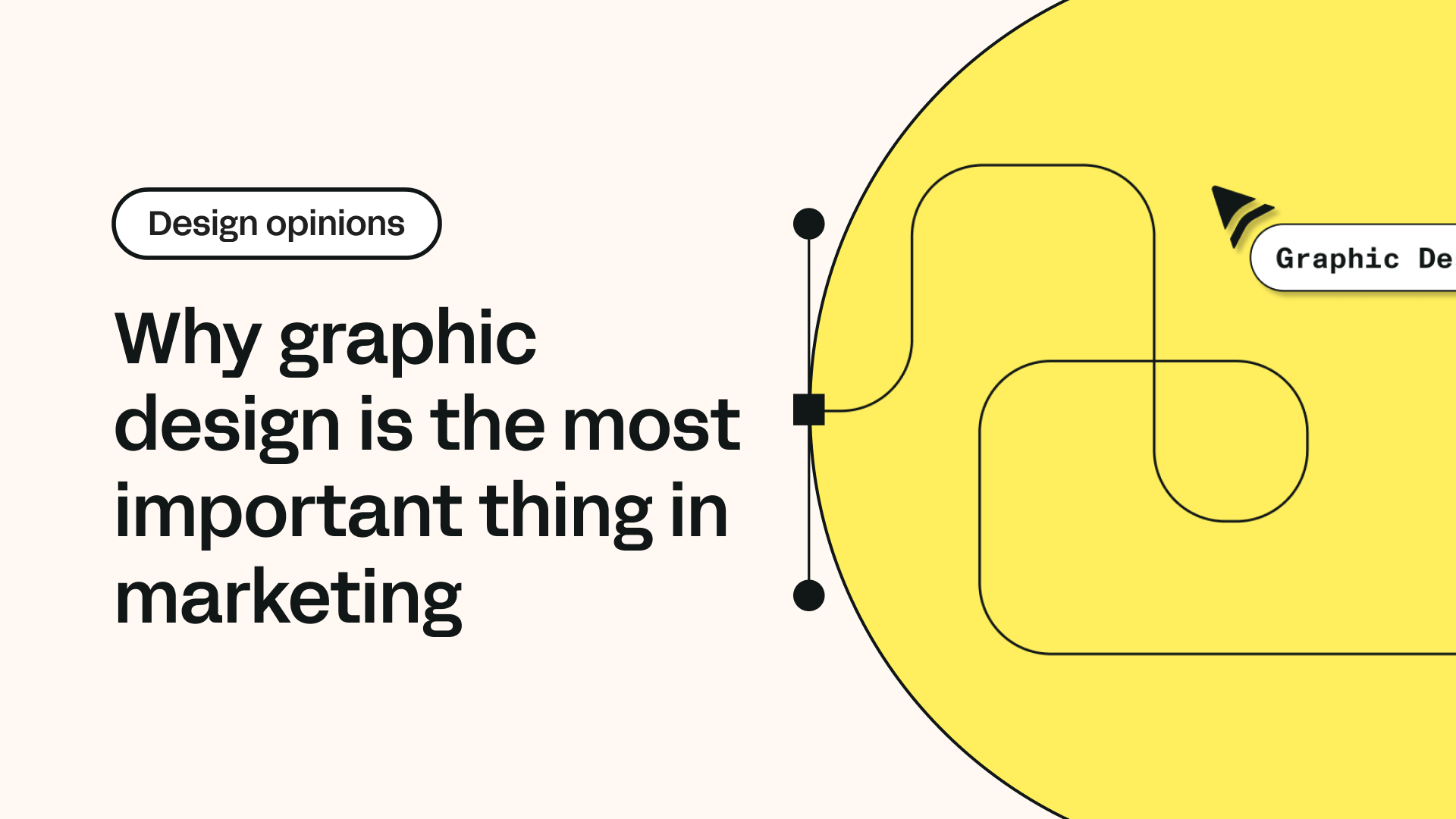In today’s digital age, where content is king, Graphic designing has emerged as an essential tool for conveying messages, capturing attention, and leaving a lasting impression. From websites and social media to marketing materials and logos, the importance of graphic designing cannot be overstated.In this blog, we will delve into the world of graphic designing and explore why it plays a pivotal role in various aspects of our lives.

The Power of First Impressions:
1. Capturing Attention:
When it comes to websites and social media, the first thing that grabs a user’s attention is the visual elements. A well-designed website or a compelling social media post can stop users from scrolling and entice them to explore further. This initial visual impact is crucial in today’s fast-paced digital world.
2. Building Brand Identity:
For businesses, graphic design is instrumental in building a strong brand identity. A logo, for example, is often the first thing people associate with a company. A well-designed logo communicates professionalism, trustworthiness, and the essence of the brand itself. Consistency in design across all marketing materials further strengthens brand recognition.
Effective Communication:
Simplifying Complex Ideas:
Graphic design can simplify complex ideas and information through visual aids. Infographics, for instance, make it easier for audiences to understand intricate data and statistics. They transform dull information into engaging visuals that are not only informative but also memorable.
Conveying Emotions:
Design elements like colour, typography, and imagery have the power to evoke emotions. A warm and inviting colour palette can make a user feel welcomed, while bold typography can convey a sense of urgency. Graphic designers strategically use these elements to connect with the audience on an emotional level.
Enhancing User Experience
5. Navigating User Interfaces:
User interface (UI) and user experience (UX) design are vital in the digital realm. An intuitive and aesthetically pleasing UI enhances user engagement and satisfaction. Navigating a well-designed website or app is a seamless experience, keeping users coming back for more.
Mobile Responsiveness:
With the rise of mobile devices, responsive design has become paramount. Graphic designers ensure that websites and apps adapt seamlessly to different screen sizes. This ensures that users have a consistent and enjoyable experience, whether they’re on a desktop computer or a smartphone.
The Future of Graphic Design
7. Evolving Technologies:
As technology continues to advance, graphic design evolves with it. Augmented reality (AR) and virtual reality (VR) are pushing the boundaries of what’s possible in graphic design. These immersive experiences offer new avenues for storytelling and engagement.
Sustainability:
Graphic designers are increasingly focusing on sustainability in their work. Eco-friendly design choices, such as using recycled materials and reducing waste, are becoming more prevalent. Design that respects the environment is not only responsible but also appealing to environmentally conscious consumers.
Conclusion
In conclusion, graphic design is an art form that goes beyond aesthetics; it is a powerful means of communication and connection in our digital world. Whether you’re a business looking to establish a strong brand or an individual striving to convey a message effectively, graphic design plays a pivotal role. Embrace the art of visual storytelling, and you’ll find that the possibilities are limitless.
FAQ
What software do graphic designers use?
Graphic designers often use software like Adobe Photoshop, Illustrator, and InDesign for their work. There are also many free and open-source alternatives available.
What is the role of typography in graphic design?
Typography plays a crucial role in graphic design by conveying the tone and message of the content. It involves selecting appropriate fonts and arranging text in a visually appealing manner.
How can I improve my graphic design skills?
You can improve your graphic design skills through practice, online tutorials, and by studying design principles. Joining design communities and seeking feedback can also be beneficial.
